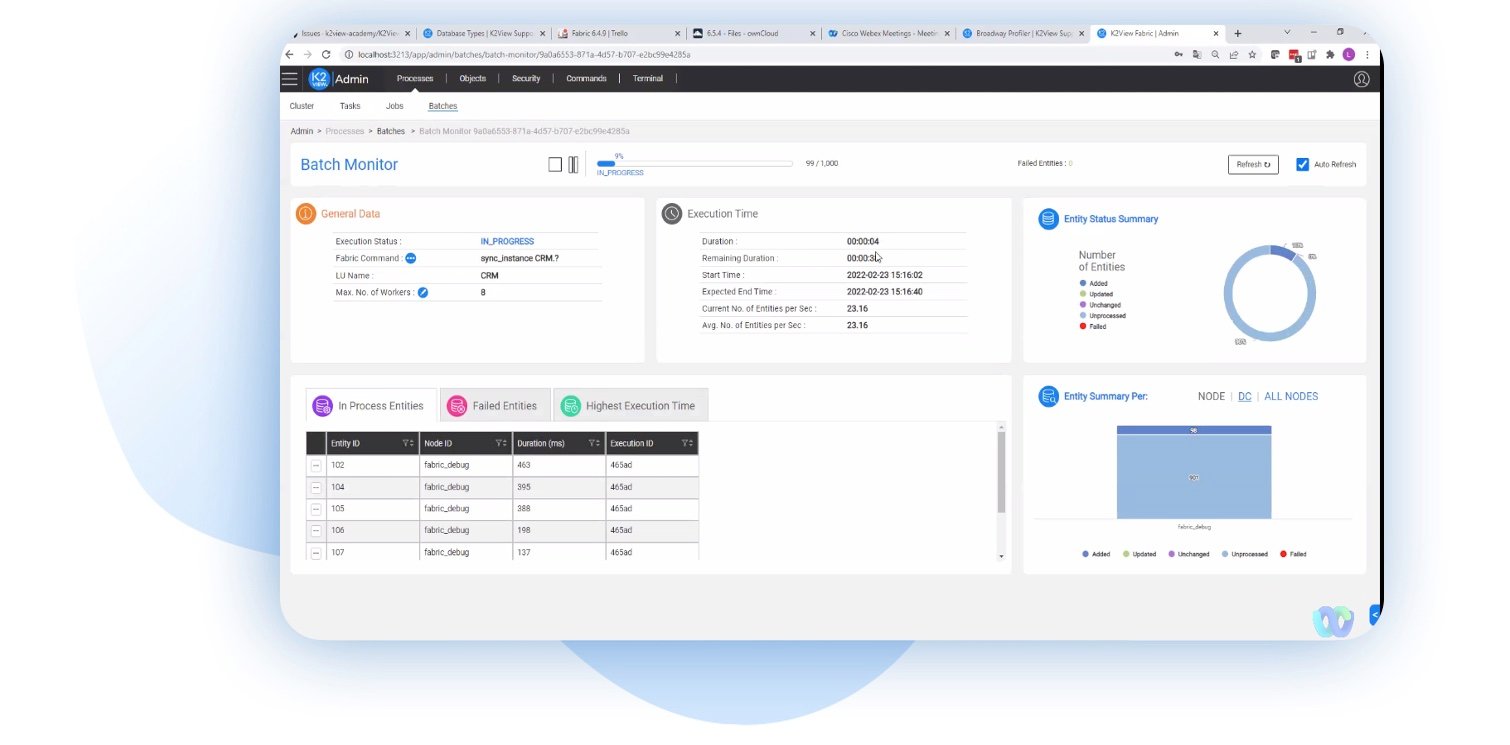What does cloud data migration mean, and what can enterprises do to enable a smooth transition from on-prem systems to the cloud? Keep reading to find out.
Table of Contents
What is Cloud Data Migration?
Business Drivers of Cloud Data Migration
Cloud Data Migration Deployment Models
Top 7 Benefits of Cloud Data Migration
Cloud Data Migration Challenges
Seamless Cloud Data Migration with Data Products
What is Cloud Data Migration?
Cloud data migration is defined as the process of transferring on-premise data, applications, and warehouses to a cloud computing environment. Migrating to the cloud is considered a fundamental component of legacy application modernization, or digital transformation.
However, cloud data migration is not a quick, overnight process. For most enterprises, migrating large volumes of data and applications is expensive, disruptive, and riddled with challenges. The iterative nature of data migration and technology modernization has made digital transformation a years-long process for many enterprises.
In this article, we’ll cover the ins and outs of cloud data migration, including key business drivers, benefits, and challenges – and how to overcome them with data products.
Business Drivers of Cloud Data Migration
The 2 primary reasons for implementing data migration tools are (1) to enable digital transformation, and (2) reduce IT costs. Other business drivers include:
- Legacy application modernization
Legacy applications often impede business responsiveness. They keep data siloed, turn data integration into a serious challenge, are difficult to scale, and generally come with higher maintenance costs. Legacy application modernization is one of the key drivers for cloud data migration.
- Remote and dispersed workforces
The cloud is far better equipped to support modern workforces. It connects remote workers to the business data they need, no matter where they are located.
- Compliance with data privacy regulations
Many cloud computing suites support compliance by offering monitoring services that alert you when data security policies are modified or broken. They also streamline the record-keeping process to remove human error from compliance reporting.
- Stronger data security
The consensus among technology leaders is that public cloud service providers such as Amazon Web Services, Google Cloud Platform, and Microsoft Azure are far more secure than an enterprise’s on-premise servers. Although the cloud isn’t inherently secure, it does offer greater control and data management capabilities.
Cloud Data Migration Deployment Models
Enterprises can choose from a variety of cloud architectures, depending on their digital transformation goals.
- Public cloud
In the public cloud, computing resources are owned and operated by a provider (such as Google, Amazon, Microsoft, and IBM) and accessed through the internet.
- Private cloud
A private cloud refers to cloud computing services and infrastructure that are hosted privately within a company’s own intranet or data center.
- Hybrid cloud model
In a hybrid model, applications run in a combination of public and private cloud environments. This is the most common approach; few companies rely exclusively on the public cloud.
- Multi-cloud model
Multi-cloud means a company uses several different public clouds to support one or more applications, instead of just one public cloud.
Top 7 Benefits of Cloud Data Migration
Whether you’re moving existing data, or building a new cloud data warehouse/lake from the ground up, cloud data migration unlocks several key benefits of cloud computing, such as:
- Reduced cost
Cloud data migration helps reduce IT costs as you transition away from data centers, streamline analytics, and unify your data infrastructure.
- Increased agility and flexibility
Shifting to the cloud helps you build a data foundation that enables agility and flexibility; one that can shift to support different business needs as they arise.
- Greater scalability
The amount of data, users, and use cases is likely to grow alongside your business. A cloud environment enables almost limitless scaling while reducing associated costs.
- Faster speed
A cloud architecture allows you to ingest more types and quantities of data in less time than on-prem servers.
- Simpler data backup
Most public cloud data providers include backup capabilities to ensure your data can be restored if and when needed.
- More efficient use of IT resources
Compared to on-premise solutions, which require IT professionals to manage hardware and devices, the cloud frees up your staff to work on more innovative projects by covering key management duties, such as upgrades, patches, and service updates.
- Better equipped data consumers
The cloud empowers business analysts, data scientists, data engineers, and other data consumers to provision high-quality and trusted data for analytics and business decisions.
Cloud Data Migration Challenges
The benefits of cloud data migration are not guaranteed. The process of shifting to the cloud can be challenging, leading to costly and disruptive consequences. Some of the biggest challenges are:
-
Inadequate cloud data migration strategy
-
Lack of data and application portability
-
Inconsistent data integrity
-
Disruptions to business continuity
-
Cloud sprawl
-
Exceeding cloud data migration budget
-
Weak cloud data security
-
Failure of critical services
-
Insufficient skills to operate new infrastructure
A turbulent cloud data migration could degrade workload performance and end up driving up IT costs, undermining the benefits of cloud computing.
Seamless Cloud Data Migration with Data Products
Having the right cloud data migration approach and solution are essential factors of realizing the benefits of cloud computing. A data product-approach to cloud data migration, enabled by a Data Product Platform, provides a secure and comprehensive mechanism for a successful migration.
A Data Product Platform operationalizes data migration to support public, private, and hybrid cloud architectures. Instead of migrating data table by table, database by database, a Data Product Platform migrates data via data products, where each data product corresponds to a specific business entity (such as a customer, vendor, or order). The data for each instance of a business entity is unified and managed in its own, individually encrypted Micro-Database™ – one per business entity instance.
Unlike other cloud data migration tools, a Data Product Platform is built with the principle of data integrity by design. Not only does it auto-discover and match data from multiple sources, it also keeps a record of all migration activities executed, and can be rolled back to previous states, if necessary.
Unlike traditional migration approaches, whose default is a big bang migration strategy, Data Product Platform supports any migration strategy, including phased migration (e.g., based on customer segments), and on-the-fly migration (e.g., the business entity dataset is migrated on demand).
With Data Product Platform, you can guide a successful migration to the cloud while maintaining complete control over business continuity, data integrity, and security (data masking via data masking tools, when called for).














